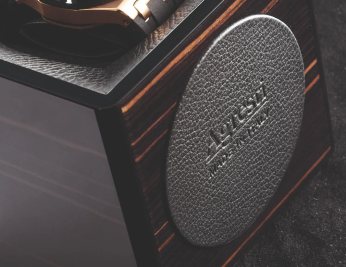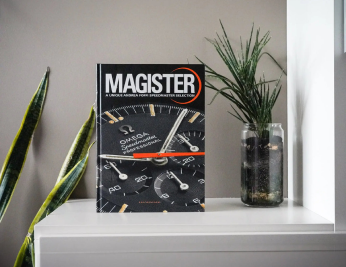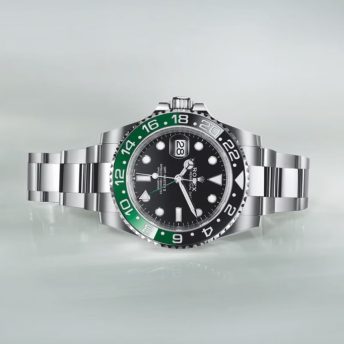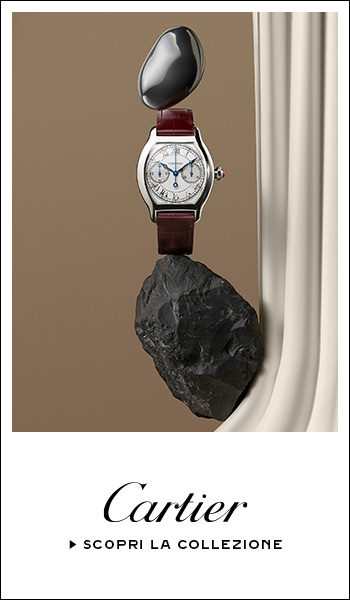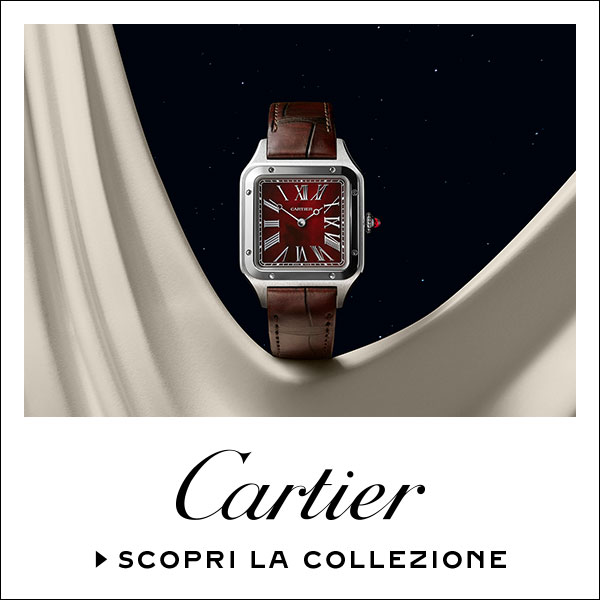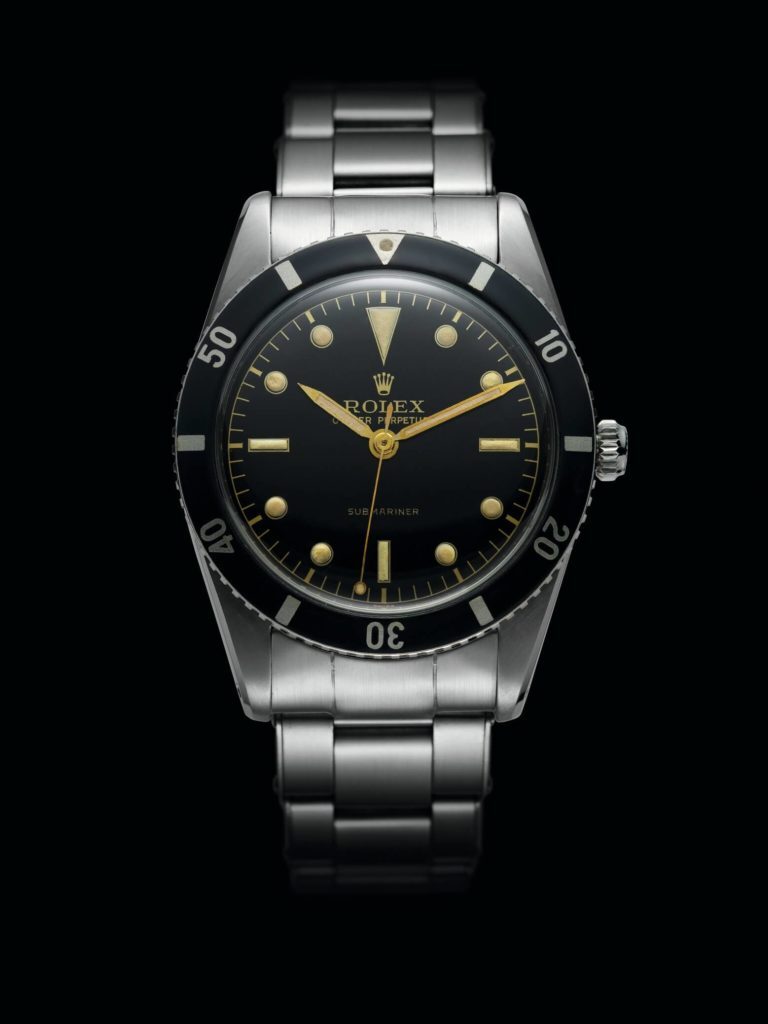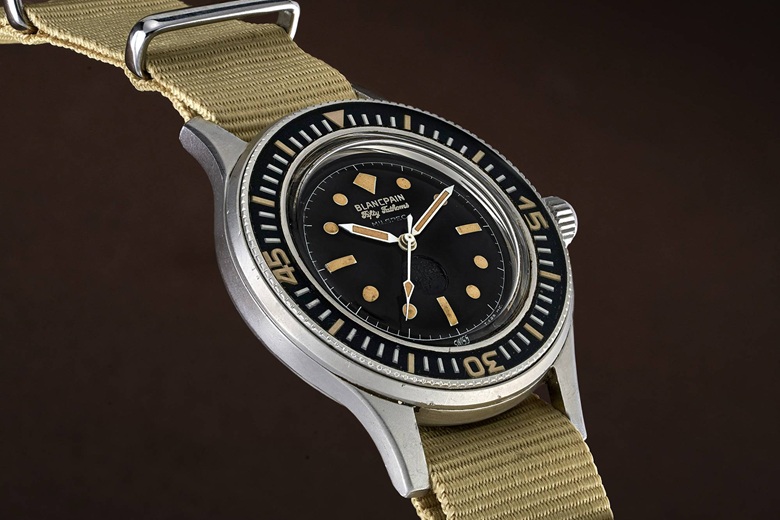In the last years, the debate about which was the first true “diver” watch in history has grown and, punctually, the most mentioned names are Rolex and Blancpain. Many say with certainty, by hearsay or misinformation, that Rolex copied the design and features of one of its most famous models, the Submariner, from the equally famous Blancpain model, the Fifty Fathoms, for a purely temporal matter.
Truth or distortion of history?
We at Italian Watch Spotter think that, before reaching hasty conclusions, there is a need to clarify certain concepts, technical and historical, in order to get a better view of the facts.
So, let’s start with clarifying the concept of diver watch, its characteristics.
The diver is a watch that’s been specially designed to be used in extreme diving conditions, in terms of depth and pressure. In order to be recognized as “diver”, a watch must meet some basic requirements…
WATER RESISTANCE
A fundamental and important feature. The watch must be designed to prevent water from infiltrating it, so that it cannot damage it, compromising the correct functioning of the device.
On the market, there are divers able to withstand different depths, depending on their technical characteristics. It should also be specified that the meaning of the maximum achievable depth is often misunderstood, in the sense that the number shown on the dial refers to the resistance in terms of pressure corresponding to that specific depth which can however be reached even at a lower level, for example, with a dip.
You find a brief guide to depths in our summer watches’ article. For convenience, we also report it in the following image.
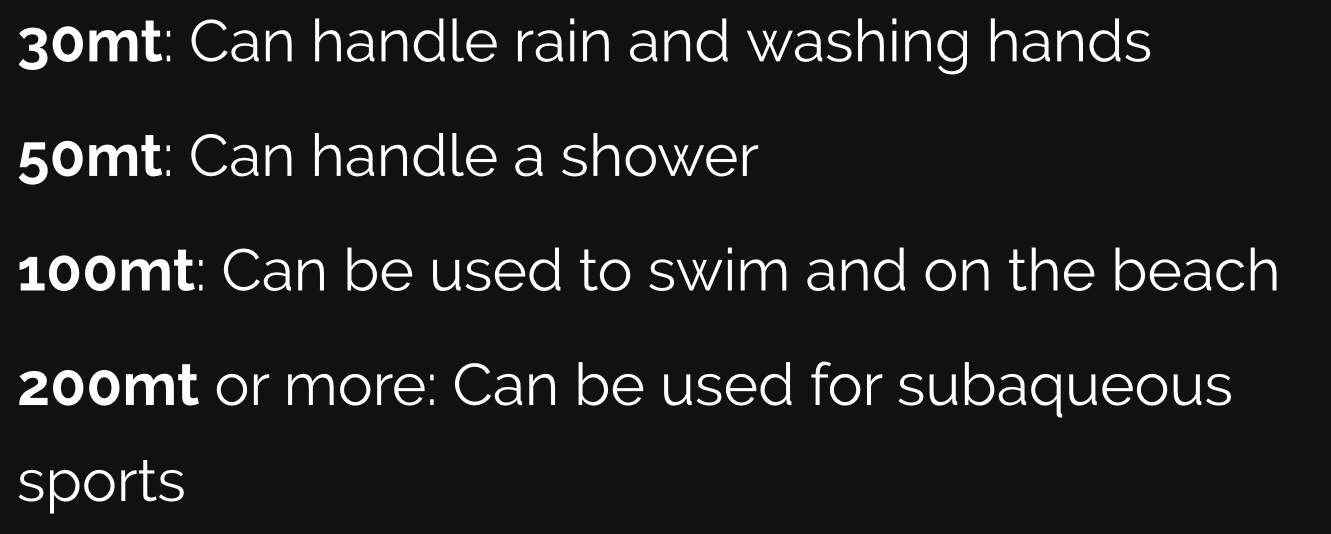
ROTATING BEZEL
Provides information on the diving time, so that one can monitor the remaining minutes before the ascent phase. To do this, you simply rotate the bezel reference (placed at 12 o’clock) to match the minute hand and, thanks to the fact that the insert turns out to be graduated, the diver will be able to figure out when to return to the surface in full security;
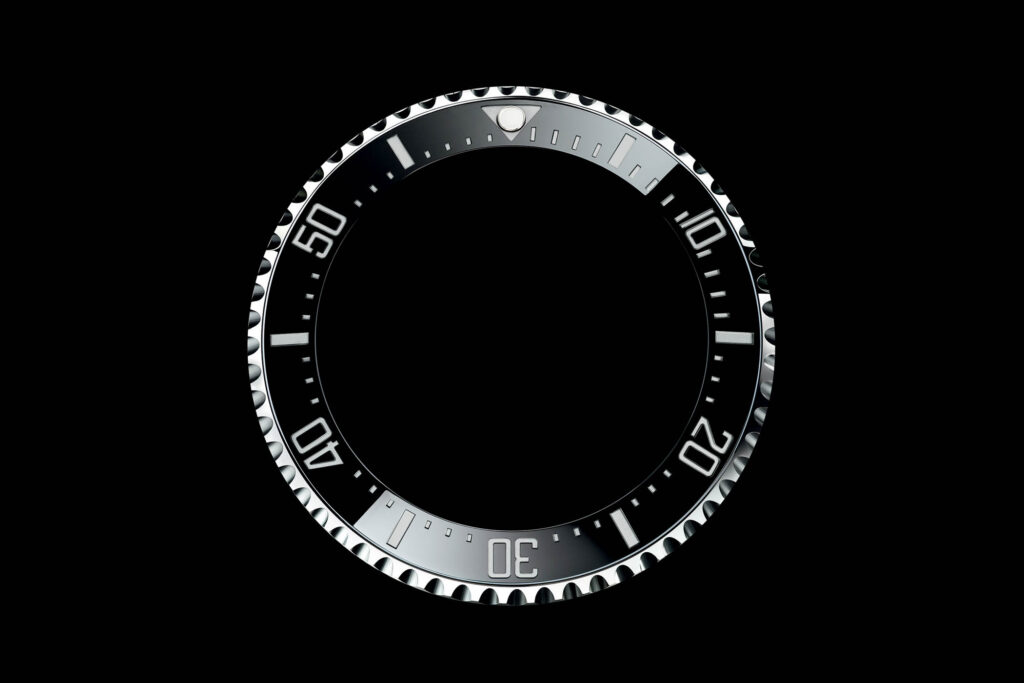
EASY TO READ
As the depth of diving increases, the amount of light becomes scarcer and this could be a big problem for the diver. For this reason, a diver watch is equipped with luminescent indices and hands that guarantee a correct reading of the time even in low visibility conditions.
In the past, the luminescent agent used was radium, then replaced by tritium because of its radioactive nature. Today, the vast majority of diving watches use SuperLuminova, which is much more advanced and non-toxic.
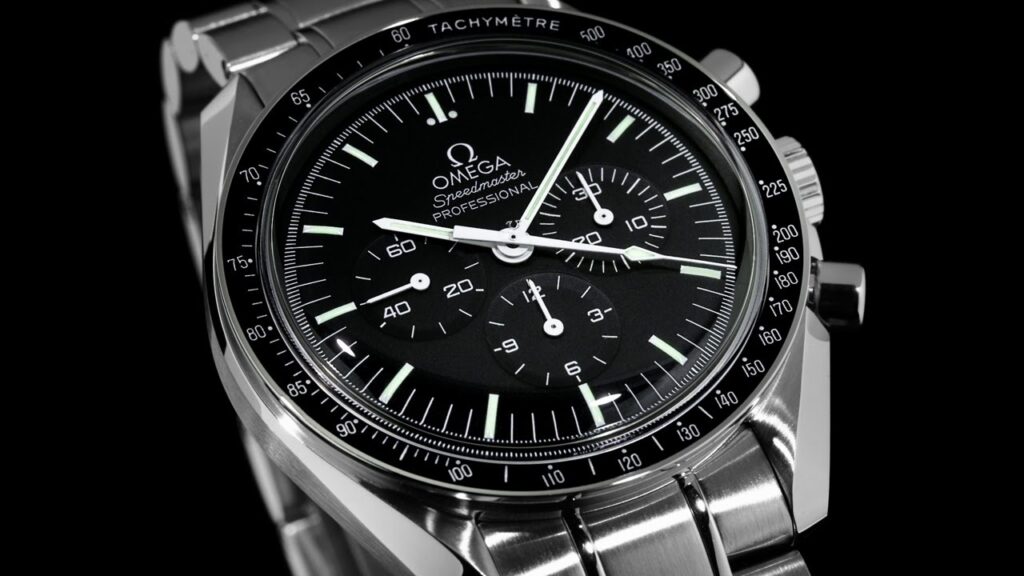
STURDY MOVEMENT AND BRACELET
As we have already mentioned, a diver watch is a professional tool that must be able to withstand extreme stress conditions. To achieve it, the components that make it up must be sized in such a way that can provide proper functioning, thus designing movements and bracelets in an appropriate way depending on the required characteristics.
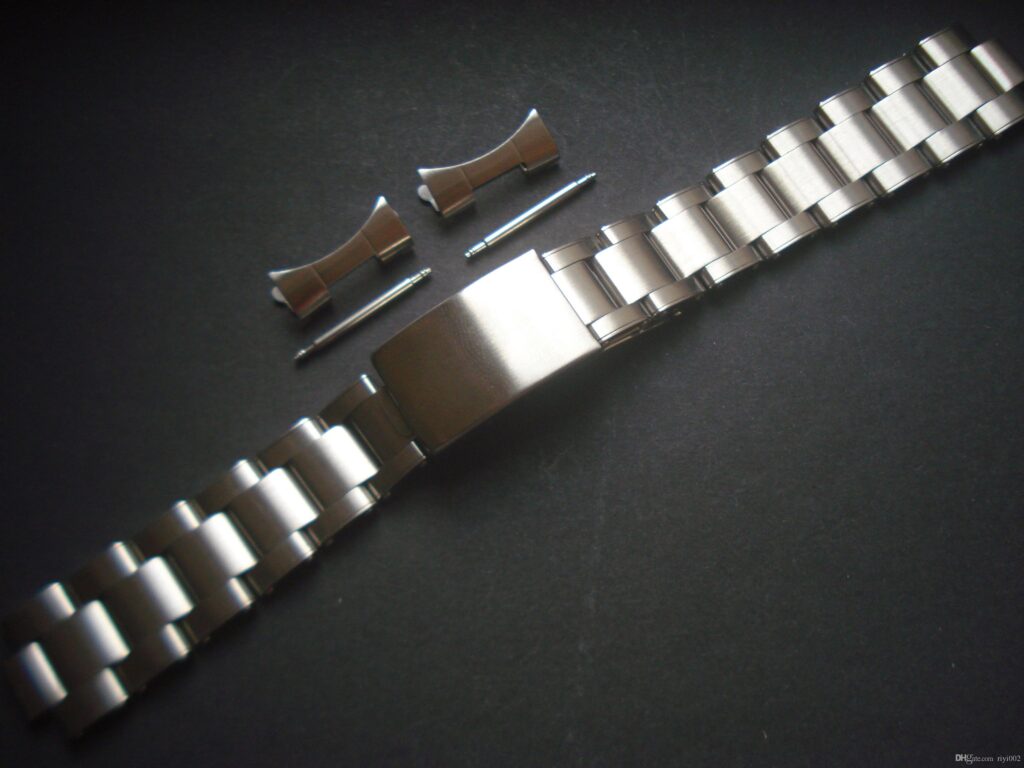
1953: THE FIRST DIVERS ARE BORN
1953 was a pivotal year in the history of diving watches, as it was this year that Blancpain Fifty Fathoms and Rolex Submariner 6204 were born.
BLANCPAIN INTRODUCES THE FIFTY FATHOMS
In 1952, two French Navy officers, Captain Robert Maloubier and Lieutenant Claude Riffaud, founded a dive company linked to French special forces (“Nageurs de Combat” – French for “Combat Subs”) with the aim of performing espionage missions.
Of course, the professional equipment supplied to the divers had to live up to expectations, which is why tests were carried out using some waterproof watches that existed at the time, but none of them were suitable.
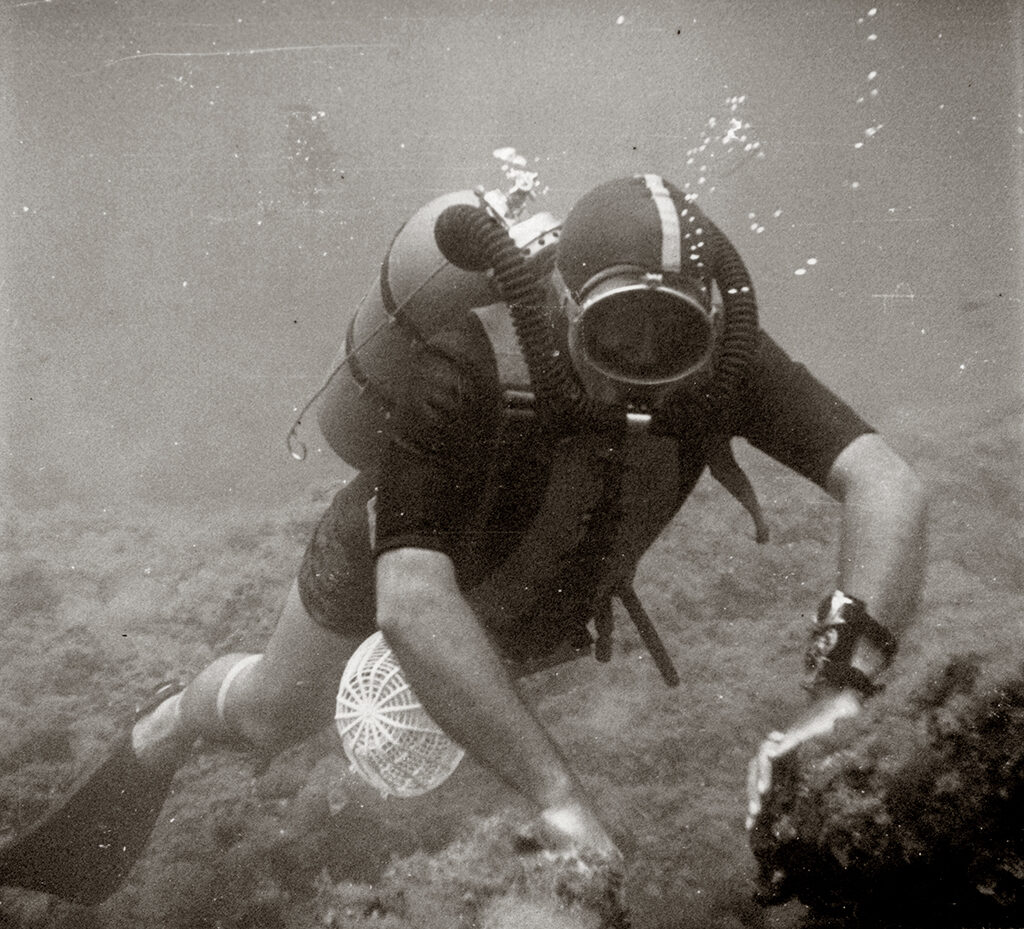
In this regard Robert Maloubier himself, designed the watch that he believed would meet all the required standards and presented it to the French manufacturer LIP, which immediately proved skeptical about the success of the project and thus refused. However, there was a manufacturer that, unlike LIP, saw great potential in this project thought to be able to write a new history page related to diving watches: Blancpain, led by Jean Jacques Fiechter.
The watch in question had to be easy to read, sturdy and durable, have a rotating bezel and be waterproof to a depth of 100m. So, in 1953 the Blancpain Fifty Fathoms was born.
The name comes from the FATHOM (=arm), a unit of measurement of the length that corresponds to 1,8288 meters. By making a simple calculation, the Fifty Fathoms was able to guarantee its operation up to a depth of 91.44m, almost meeting the required standards.
On the market, the famous auction house Phillips sold a 1953 Blancpain Fifty Fathoms on December 5th, 2018 at 30,000$ following a valuation of 20,000-40,000$.
(Here pictured you have a very well preserved example, not the one auctioned)
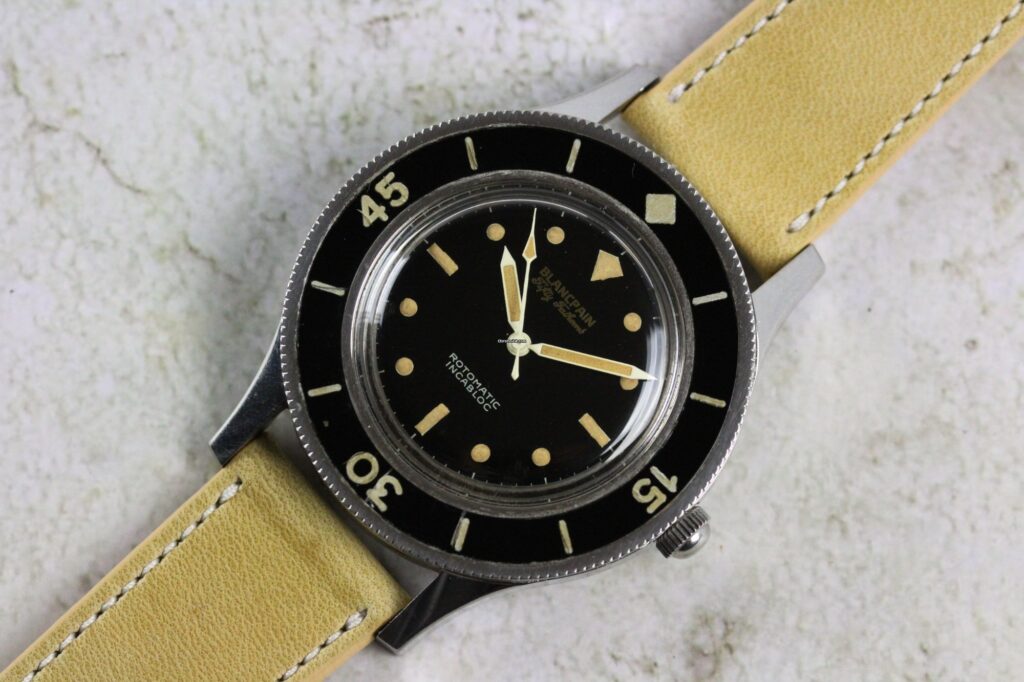
ROLEX PRESENTS THE SUBMARINER 6204
At the same time, Rolex had undertaken on the development of its first diver watch, not to be confused with its first water-resistant piece.
As we all know, in 1926, Rolex unveiled its famous “Oyster” case, water and dust resistant. This became famous thanks to the British swimmer Mercedes Gleitze who, in 1927, crossed the English Channel with a Rolex Oyster on her wrist.
Well, in this case we can talk about a water-resistant watch, but not a diver watch, as the first Rolex Oysters did not meet all the requirements necessary to ensure that they could be considered as such.
So, in 1953 Rolex developed its first true diver watch with reference 6204, which went down in history under the name “Submariner” (it will be officially unveiled at the Basel fair in 1954).
Regarding the market, the price of a Rolex Submariner 6204 ranges between 50,000-70,000€.
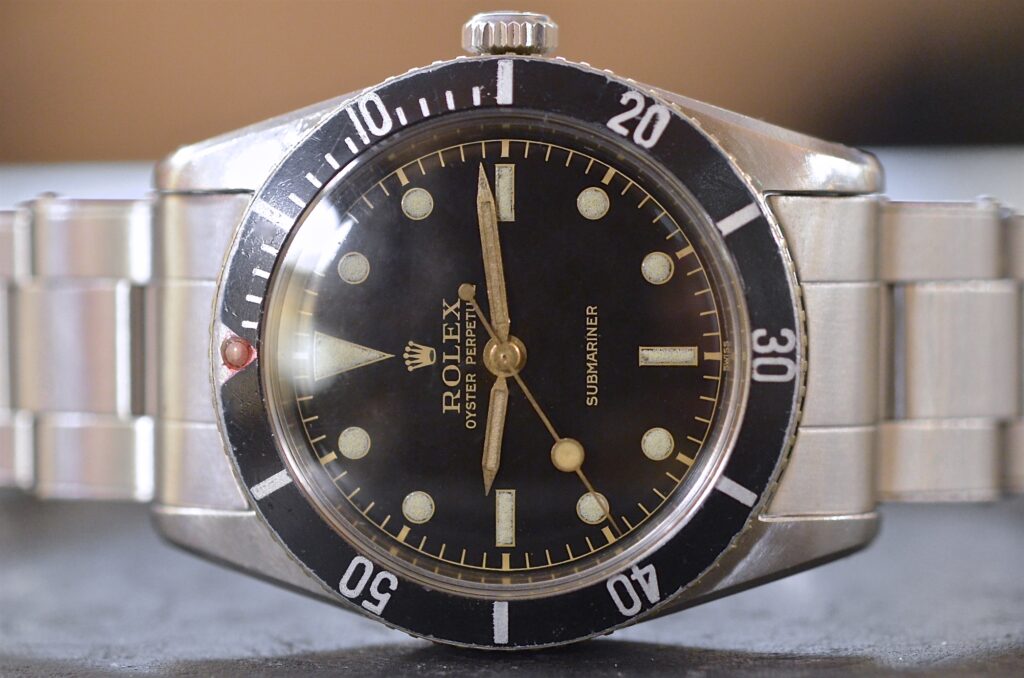
THE FATHER (PROBABLY) OF ALL DIVERS: THE ROLEX DEEP SEA SPECIAL
Proving that Rolex has been thinking for a long time on the development of a watch that would break down all limits in terms of achievable depth, it is our duty to mention a watch in particular. It’s the “Deep Sea Special”, a prototype created by Rolex and not intended for commercialization.
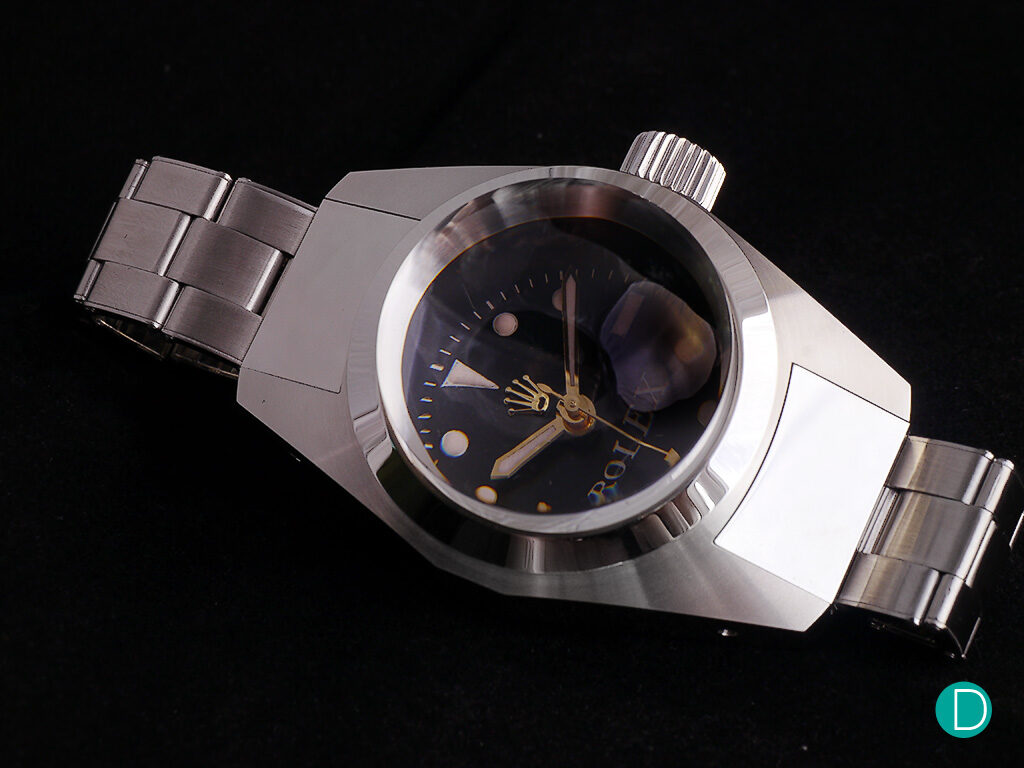
The Deep Sea Special will be fixed, on two occasions, outside the bathyscaphe Trieste, captained by Auguste Piccard (creator of the first bathyscaphe dating to 1948) and his son Jacques.
The first dive occurred on September 30, 1953, when the two pioneers dived off the island of Ponza, reaching a depth of 3150 meters. On this occasion the Rolex Deep Sea Special re-emerges without showing any damage, in perfect operating conditions.
But the real turning point came on January 23, 1960. With the Rolex Deep Sea Special again fixed on the outside of the bathyscaphe Trieste, Jacques Piccard and Donald Walsh will reach an exceptional record depth of 10,908 meters.
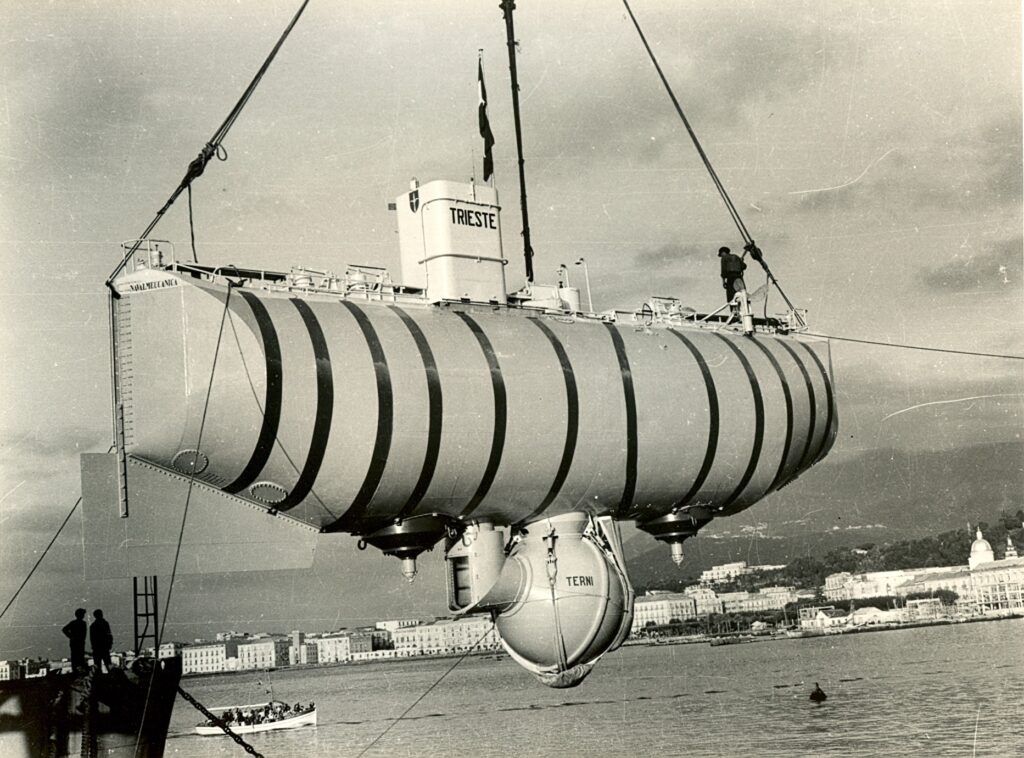
On January 25, 1960 Jacques sent a telegram to Geneva: “Happy to tell you your watch precise to 11,000 meters as to the surface. Best regards, Jacques Piccard.” With this event and this model, an important page of diving watches’ history was written.
THE COMPARISON
After a short and dutiful historical description, we move on to the aesthetic comparison of the two models.
Both, of course, have all the typical characteristics of a diver and therefore turn out to be, in a sense, similar. But is this enough to state with certainty that Rolex “copied” Blancpain’s Fifty Fathoms to create the Submariner? Is a very short time in terms of “product launch” in favor of Blancpain enough to accuse Rolex of plagiarism?
From the two images we can see substantial differences. As far as the dials are concerned, the setting and the indices are totally different. Bezels are different both from the aesthetic point of view and in the material used. Cases are aesthetically dissimilar and of a markedly different size. (37mm for the Submariner, 41mm for the Fifty Fathoms). The crowns and bracelets used also seem distant.
All without mentioning the fact that Rolex, as described above, began studies on diving watches before Blancpain presented the Fifty Fathoms. The only flaw was that Rolex failed to beat Blancpain on presentation time, giving rise to this “inquiry”.
Outside of this conundrum without a real answer, we are in the presence of two equally extraordinary watches that have given a turn to diving, writing an important page of our beloved timepieces’ history. What about you? Would you like to find out both in detail? And what if there was a third contender in this battle…?
Translated by Lorenzo Spolaor (@itsdoc_ocklock)

